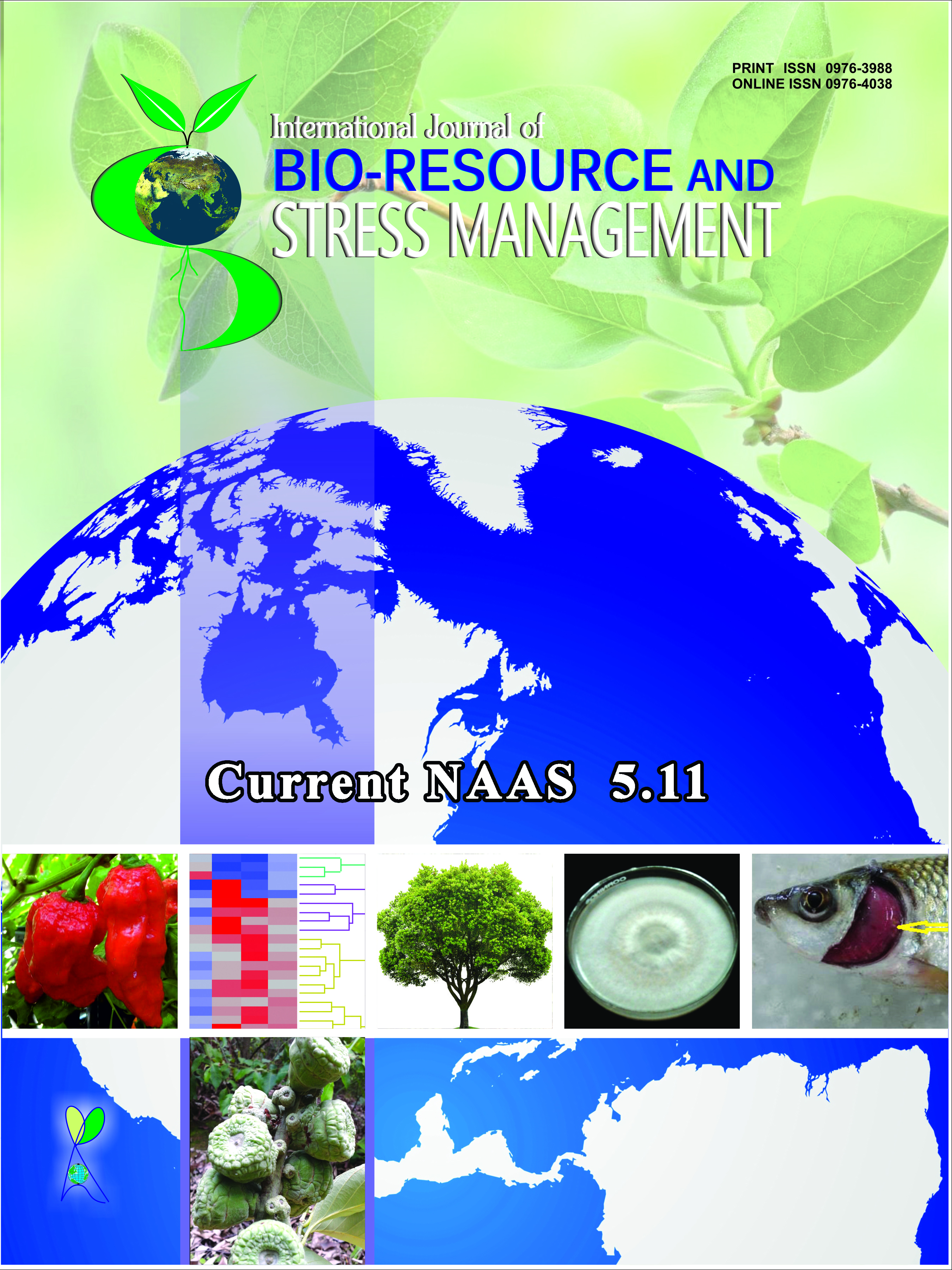Immunohistochemistry: a Novel Tool for the Diagnosis of Animal Disease
Keywords:
Polyclonal antibody, monoclonal antibody, immunohistochemistryAbstract
Immunohistochemistry (IHC) is a novel technique for diagnostic and research purposes. In the last decade, the ability to detect antigens (Ag) in tissue sections has improved dramatically, mainly by countering the deleterious effects of formaldehyde with antigen retrieval (AR) and increasing sensitivity of the detection systems. IHC provides the most direct method for identifying both the cellular and sub-cellular distribution of your protein.Two types of antibodies are used in IHC—polyclonal antibodies, and monoclonal antibodies.IHC is used for disease diagnosis, drug development and biological research. Using specific tumor markers, physicians use IHC to diagnose a cancer as benign or malignant, determine the stage and grade of a tumor, and identify the cell type and origin of a metastasis to find the site of the primary tumor. IHC is also used in drug development to test drug efficacy by detecting either the activity or the up or down-regulation of disease targets. Samples are prepared on individual slides, or multiple samples can be arranged on a single slide for comparative analysis, such as with tissue micro-arrays. IHC slides can be processed and stained manually, while technological advances now provide automation for high-throughput sample preparation and staining. Samples can be viewed by either light or fluorescence microscopy, and advances in the last 15 years have improved the ability to capture images, quantitative multi-parametric IHC data and increase the collection of that data through high content screening.
Downloads
Downloads
Published
How to Cite
Issue
Section
License
Authors retain copyright. Articles published are made available as open access articles, distributed under the terms of the Creative Commons Attribution-NonCommercial-ShareAlike 4.0 International License, which permits unrestricted non-commercial use, distribution, and reproduction in any medium, provided the original author and source are credited. 
This journal permits and encourages authors to share their submitted versions (preprints), accepted versions (postprints) and/or published versions (publisher versions) freely under the CC BY-NC-SA 4.0 license while providing bibliographic details that credit, if applicable.





